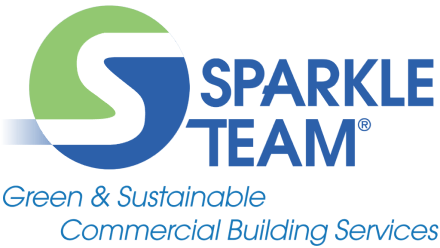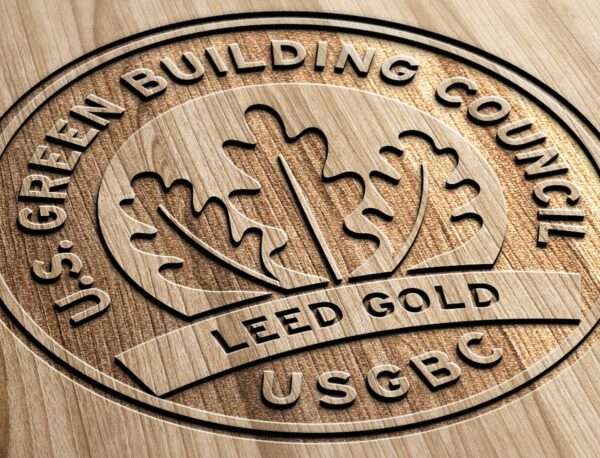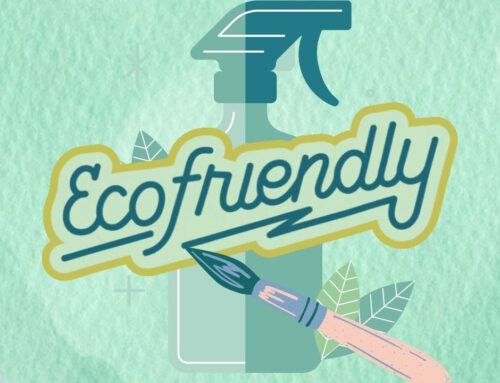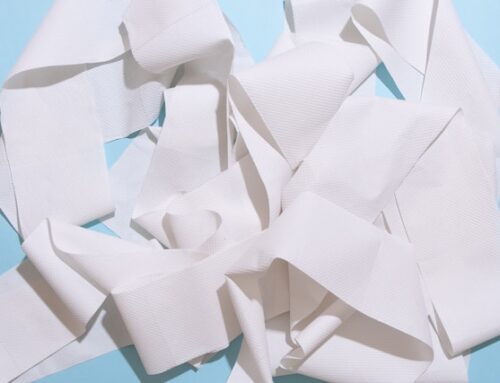The Future of Green Cleaning Amidst COVID-19
This past year facilities faced two major global pressures: the ongoing challenges of COVID-19 pandemic and the looming environmental crisis. From its inception, the U.S. Green Building Council has tackled these issues head on, becoming a leading champion for both public health and environmental concerns by providing industry-wide standards through its influential Leadership in Energy and Environmental Design (LEED) certification program.
In the wake of the pandemic and rising environmental issues, the Council has updated their LEED certification guidelines. These new markers seek to demonstrate how facilities can address new health measures without sacrificing sustainability goals. By far, green cleaning practices have emerged as an essential factor in balancing both demanding issues. Even for non-LEED certified facilities, these green cleaning revisions provide an essential guidepost for gold-standard practices. Here, we break down the future of green cleaning and its impact long term.
Emphasis on Cleaning:
Sustainable cleaning procedures have always been a cornerstone of the program. In light of the pandemic, its importance may only grow in proportion as the program is currently reviewing revisions to its rating system. The LEED technical team has recommended increasing potential green cleaning credits from one to three in their rating system. This proposed change reflects the program’s emphasis on greening cleaning practices as a core value. These prove essential for both public health and environmental sustainability. The impact of these changes is expected to reverberate industry-wide, encouraging broader adoption of green cleaning methods.
Selecting Disinfectants:
Green disinfectants need not sacrifice effectiveness against pathogens like COVID-19. Environmental Protection Agency (EPA) has approved many eco-friendly disinfectant products labeled to destroy all variants of the COVID-19 virus. To reflect this, the LEED program recommends products that use less environmentally harsh active ingredients such as hydrogen peroxide, citric acid, L-lactic acid, ethanol, isopropanol, peroxyacetic acid and sodium bisulfate. In the near future, this transition to more green-friendly disinfectants may be hindered by the current global shortage crisis, which has led to a shortage of cleaning products and supplies. The new guideline, however, invests in a future disinfectant protocol that balances protection from both pathogens and harsh environmental pollutants.
Prioritizing Efficiency:
From cleaners in hazmat suits to misting disinfectants onto sidewalks, a host of ineffectual and wasteful cleaning practices emerged around the world in response to the pandemic. LEED green cleaning requirements aim to temper such excessive methods, and instead advise more targeted, efficient procedures. This includes not overusing valuable cleaning products and tools and producing unnecessary waste. For example, LEED recommends focusing disinfection to frequently touched surfaces, which follows the current COVID-19 cleaning guidelines released by the Centers for Disease Control and Prevention (CDC). These recommendations predict a more balanced approach in the future, not guided by paranoia, but by science-based health practices that prove beneficial for the environment.





